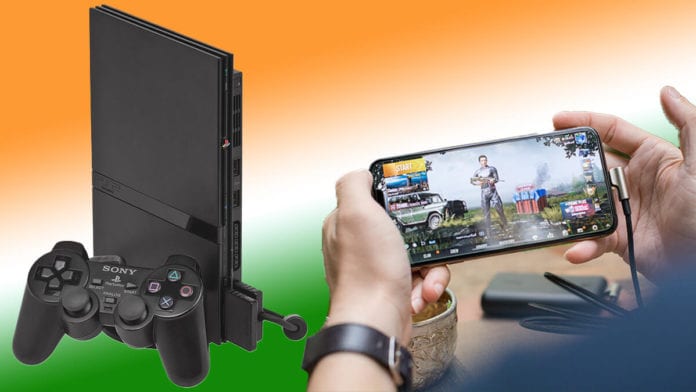After the times of the PlayStation 2 and the PSP, consoles have waned in popularity year after year in India. Mobile gaming, however, has still brought gaming to the masses in droves. With the next generation of consoles around the corner, can they make some changes in this trend, buck it, and bring consoles back on everyone’s minds again?
Gaming in India has a lot of societal “weight” all around it. It also is something select people can enjoy fully. Hurdles like income limitations, high pricing, poor marketing and sub-par availability have hounded the landscape here quite heavily. Some of these problems have been much subdued, but many haven’t done that so well. We explore some of these events, facts and arguments in this piece. These and also how mobile gaming has come to the fore, have a role to play in the task the new consoles have ahead of them.
Genesis
The liberalisation of the Indian economy in 1991 brought many foreign companies to the market without the barriers they had to steer through. Still, there was a high import duty on anything eligible. The first attempts at selling a console in India at a price that would be accessible for, was when Sega tried to enter the market while partnering with a liquor manufacturer, Shaw Wallace, to sell the Sega Genesis. It was not cheap back then, even with the circumvention of the import duties, which were an exorbitant 80% of the MSRP of the $189 launch price of the Japanese console. At Rs. 18,000, it was not at all cheap, but it still was a release, which was a start.
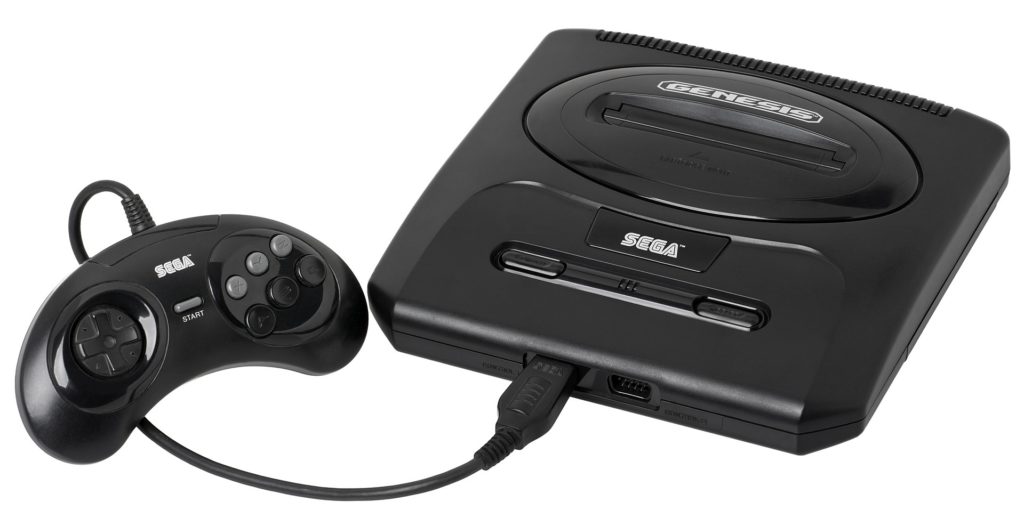
Sega’s efforts only diversified in the future, until the failure of the Sega Dreamcast against the PlayStation 2 saw its worldwide withdrawal from the console hardware market. Games such as Virtua Cop 2 and Daytona USA being classics many of us may remember playing, were all efforts of Sega. A partnership between them and Mahindra and Mahindra to create arcade entertainment centres in Indian cities also came along. It is unknown what fate that deal had, but we still got those games at least. However, the fifth-generation Sega offering, the Saturn, never caught on well enough because of the already high MSRP of the console at that time, India and overseas. It eventually lead to a lull in the home console market for the time being, because Nintendo and Sony did not have any interest in the Indian market at that time either. Nintendo still does not, but the latter has since changed that position for the better, as we may well know.
High Price, Low Interest – The Consumer and The Manufacturer
It was until after the release of its successor, in other regions, that the PlayStation, in its smaller PSone avatar, saw a launch in India. Of course, a limited release, but again, a release nonetheless, unlike Sega who quit console making completely after the Dreamcast’s failure. Sales numbers would be a real challenge to provide without connections with Sony themselves, but the sales would’ve been in the thousands at best. It’s hard even to find the price they were being sold at! But as a lot of people who have lived through the early 2000s would know, Sony was indeed the dominant player for gaming in India. Except for generic models that had hardware similar to old Nintendo and Sega consoles, like Mitashi consoles and similar. And since then, Sony has been at the front of pretty much all progress the console industry has made for gaming in India, being joined by Microsoft in just the past decade.
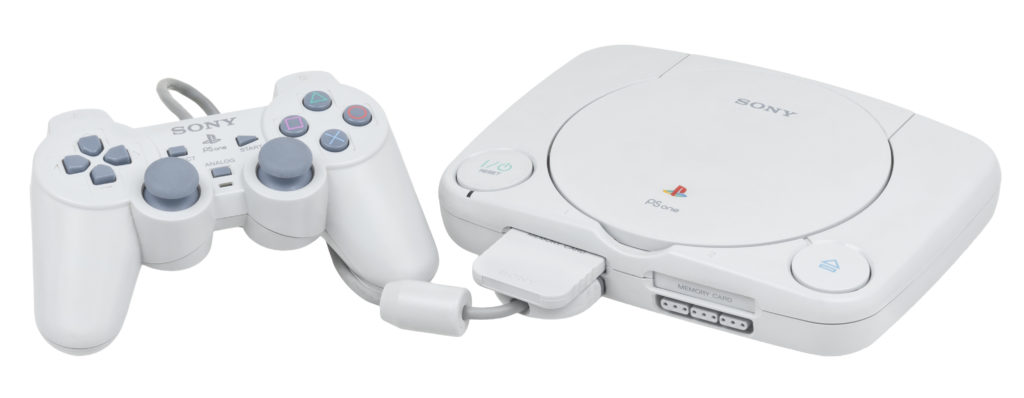
But any advancements the PlayStation 2 tried to make with its convincing selling price, an extensive collection of games and relative ubiquity were still only enough to sell the console itself. It did not affect the sales of any other consoles related to it, like the PlayStation 3 (the few units that were on Indian shelves), Nintendo Wii or the Xbox 360. Even PlayStation 2’s original games didn’t see units flying off their shelves. The newer consoles saw some interest, but nothing came close to the PlayStation 2, even when it was a generation older and unable to be relevantly compared with the competition. In this manner, the console market never really “got going” without the PS2 to be at the front. And gaming in India is no less expensive even now.
The Importance of the PlayStation 2 for Gaming in India
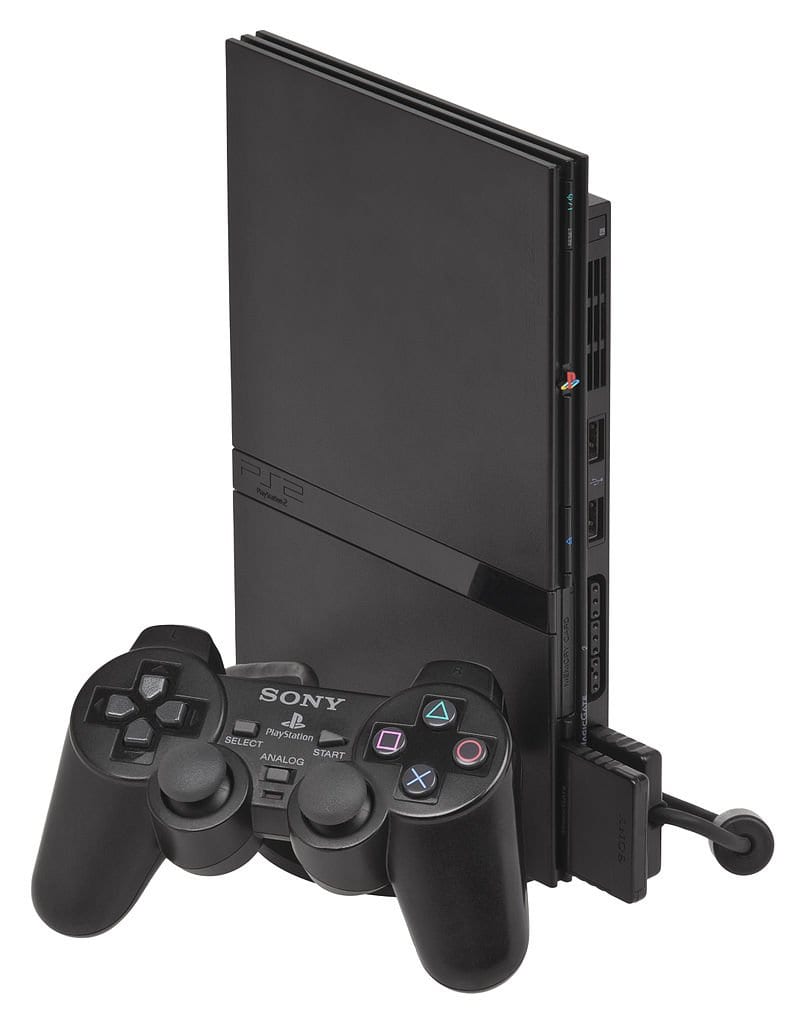
It was the time of the PlayStation 2 when India got the most attention from console makers. A lot of readers here may remember the ads on Desi Adda, and a series of games made around India, for example, the Street Cricket games. These games were sold specifically in the Indian market and were produced by Sony themselves. That period, from around late 2008 to the arrival of the PS4 and the subsequent discontinuation of the PS2 and PS3 can be considered as the time when India had the most attention it ever had from console makers. This was with titles for Indian markets being bundled with consoles, & more importantly, a PlayStation 2 that at its lowest was available for just 5,499 INR with two free games with it.
The low price, the time at which the PS2 arrived, and the way Sony was handling the Indian market all combined were the catalysts for elevating the PS2’s status in its last stages to such a level. The PS2 was already quite common in the mid-2000s in India when it was available for a price of around 10,000 INR. The cost of getting games was subsidised by the large modding community and their workarounds, which was helpful for PS2’s sales but didn’t help the sales of original titles as much. Sony had put a platform and its brand name in many homes and small gaming cafes. People with little knowledge of the alternatives to Sony’s product had one as well, and that was a great help for Sony’s operations in India.
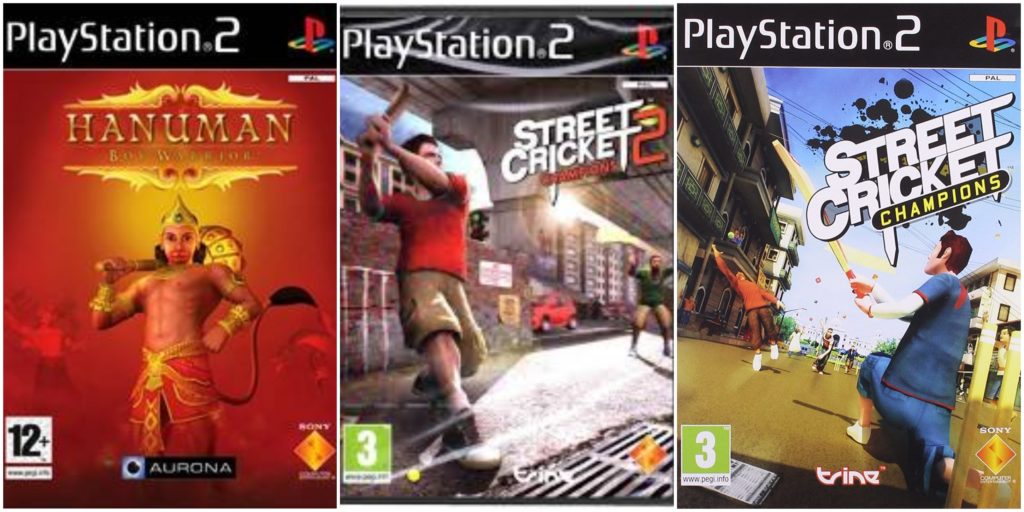
But the PlayStation 2, despite how good it was for the brand and Sony, was still a gadget that was getting close to a decade in age. Not many developers found much incentive in keeping on making games for it over its successor and its competition. So after the Desi Adda series of games moved to the PS3 in the days of its Super Slim variant, the series as a whole fell out of favour as well as the console itself. The PS2 was finally discontinued in 2013 and could be found at retailers until around two years after the fact. The PS3 was not able to enjoy the same amount of attention in its later years because of its initial lukewarm reception, stricter competition from Xbox 360 and a comparatively higher price (16,500 INR at its lowest) at that time. And thus, Desi Adda was abandoned, seemingly forever.
Smartphones and Decline
The newer consoles, the PlayStation 4 and the Xbox One came to the market around when smartphones were getting into everybody’s hands.
Mobile gaming at that time, and even now in many instances, is considered a different niche: A separate genre of gaming, which is no direct replacement for “traditional” console and PC gaming. However, with the rise of mobile gaming, particularly in the past three years, the need for a separate gadget for gaming has been seemingly eliminated. It is a given that the experience on console is levels above a mobile phone and a significant point of consideration, but the price argument is necessary to be considered. The Xbox Series S, seemingly the cheapest of the ninth-generation consoles will cost Indians 35,000 INR. At the same time, a decent phone can cost anywhere from 10,000 to 20,000 INR and do much more than just game, and this is an essential fact for the future of gaming in India/
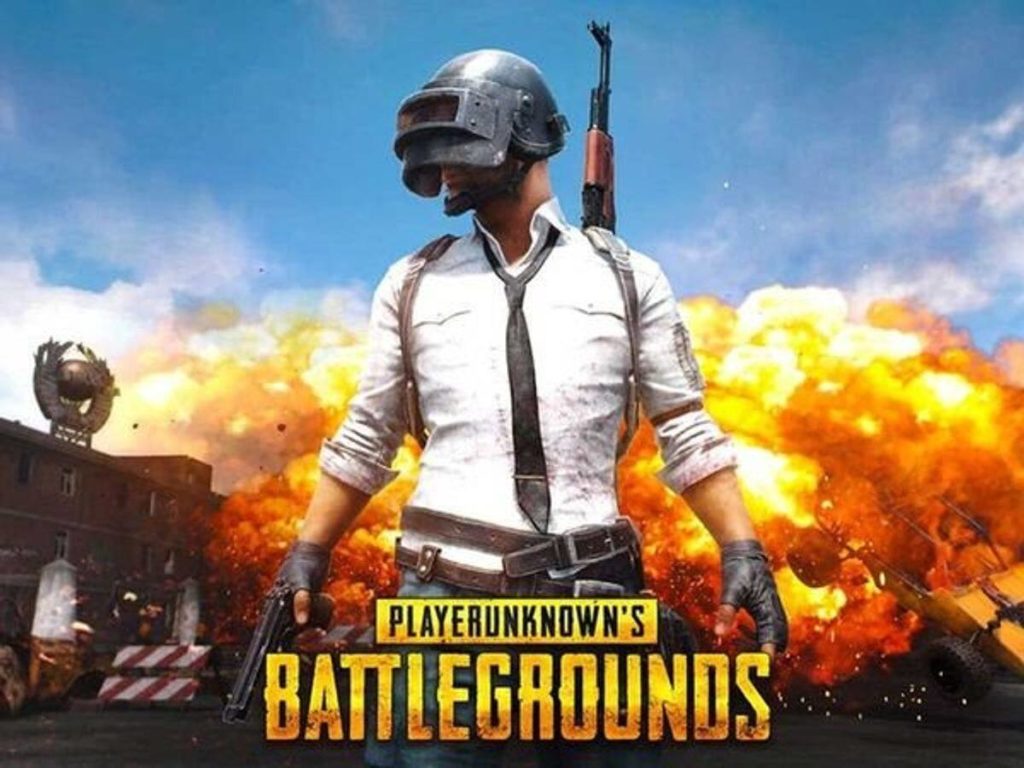
This combination of ubiquity, utility and portability helps mobiles a lot better, than the decidedly inferior experience it provides one with, can hurt them. The arrival of mobile gaming on the scene and the gradual push towards obscurity of consoles and PC gaming in many areas leaves the upcoming consoles at a tricky spot. They have two challenges to face: The hardware one: That mobile gaming is established better just because the hardware for it is present with everyone.
The other challenge being a process of gaining (back, in the case of PlayStation) the mind-share of gaming in India and the user base. Most of the allocations for India will be scooped up by enthusiasts who maybe already have the older consoles of the brand and are looking to upgrade, for example. The Series X is already out of its allocated pre-orders, which could suggest a minuscule allocation of units in the first place, all pre-ordered by people who were going to buy it anyway before it was announced. With close to zero targeted marketing for India, they are not moving any units from people who are already into mobile gaming, and thus gaming in general and are looking for the next level in gaming experiences.
Signs of Progress, Though?
The market for gaming in India and consoles seems to be in a situation similar to what the Google Pixel was in 2018-19. The manufacturers can either choose to abandon the market entirely and not release the product just to sell to a few people, thereby making no dents in the industry because of how different your product is to the market. This happened with the Pixel 4; it saw no release in India. Or, they can still push towards some presence in the market, with a proper strategy they may be better in devising. And that happened with the Pixel 3a which did see a release in India. Still not a hit, though, but an attempt to have a foot in the door from the manufacturer nonetheless. Something like that, but from Sony and Microsoft.
One such thing to look forward to is Xbox Game Pass. It is an exciting proposition for anyone looking to get into console games, as it will take away the problem for paying per game and replace it with a more convenient subscription-based model. You still need the console itself first, of course. But the fact that Microsoft has this program available for India, with regional-normalised pricing is still something of a start. It is some form of commitment, and the model itself is very lucrative for someone looking for the console: Buy a Series S and game away.
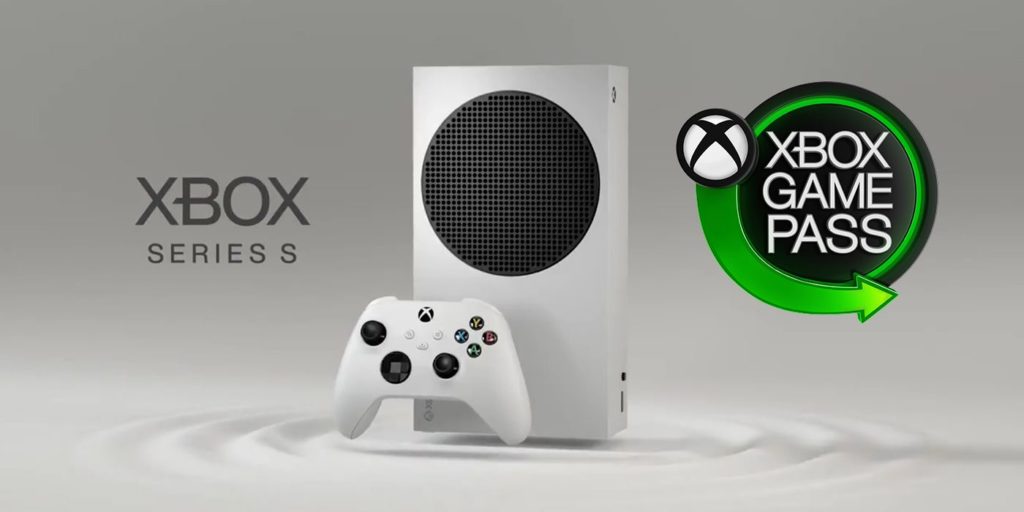
In conclusion, having mobile gaming as direct competition and a hindrance in the industry has stagnated a lot of progress consoles could make into the mainstream after the decline of India-specific game development in the early 2010s. It also disincentivises the proliferation of regional pricing, which in turn helps make gaming inexpensive. Still, the ninth generation brings with it some promise that can change the landscape of console gaming in India somehow, but we will have to wait and see how that pans out in the long run.


